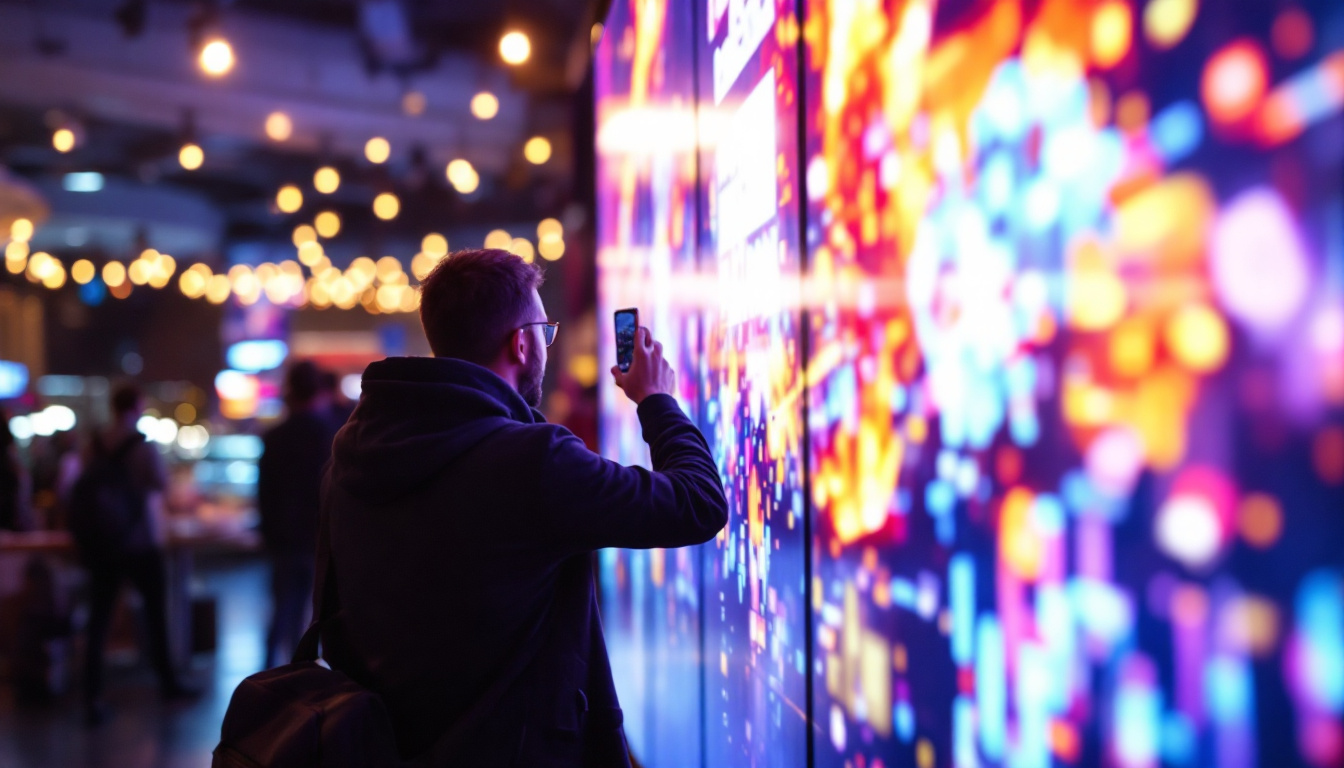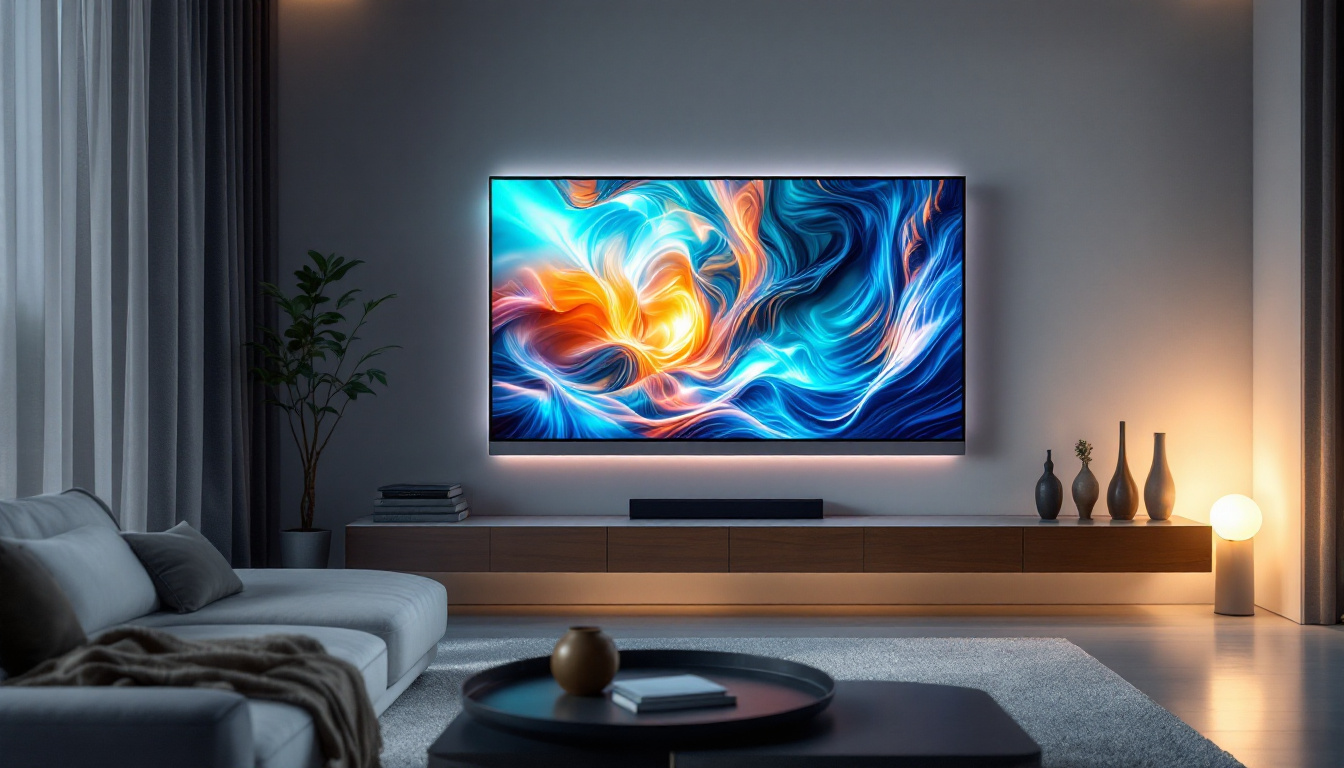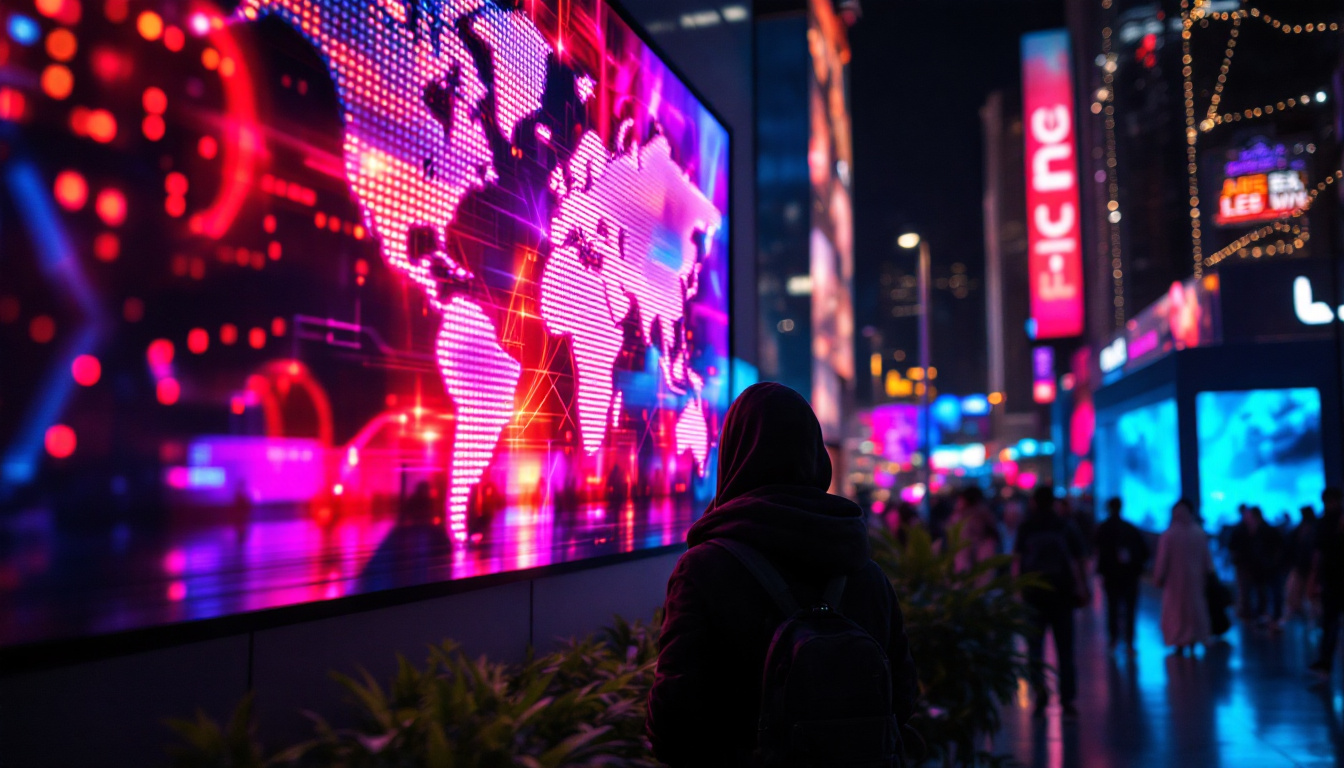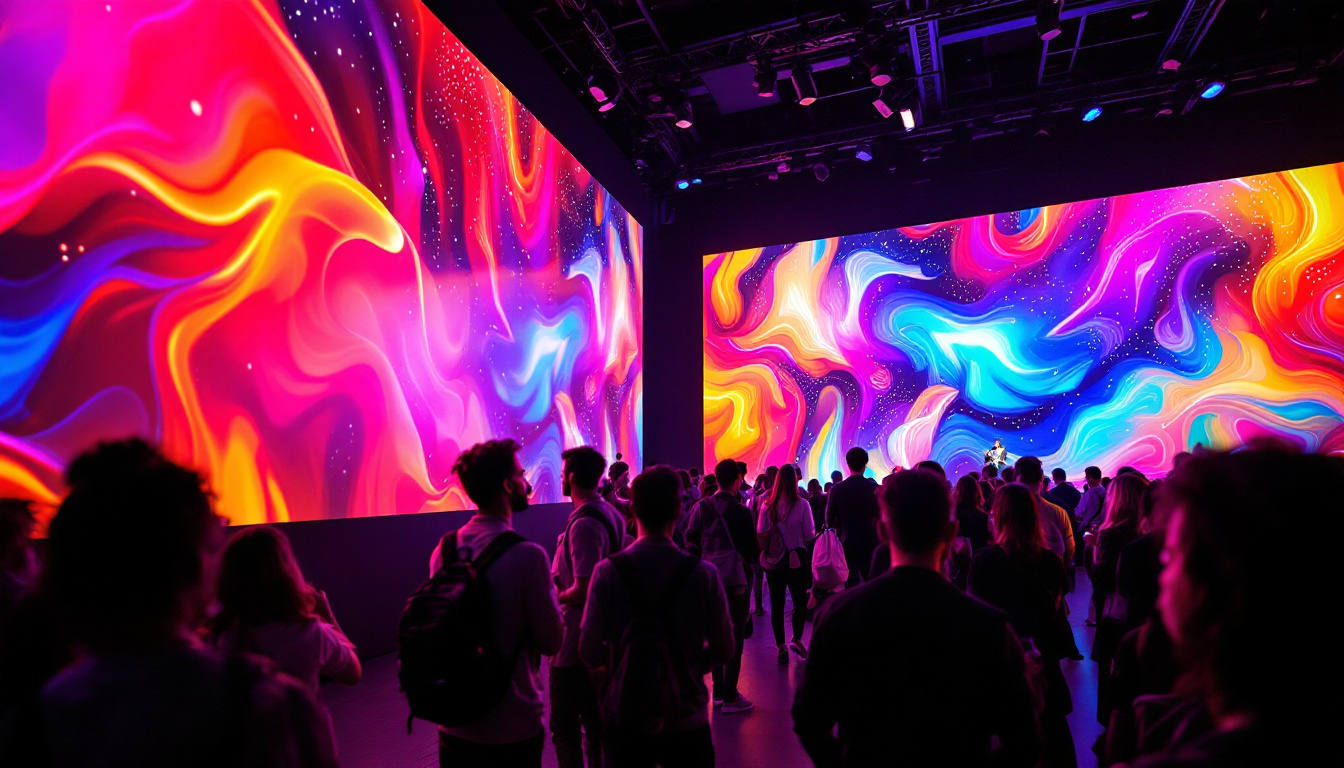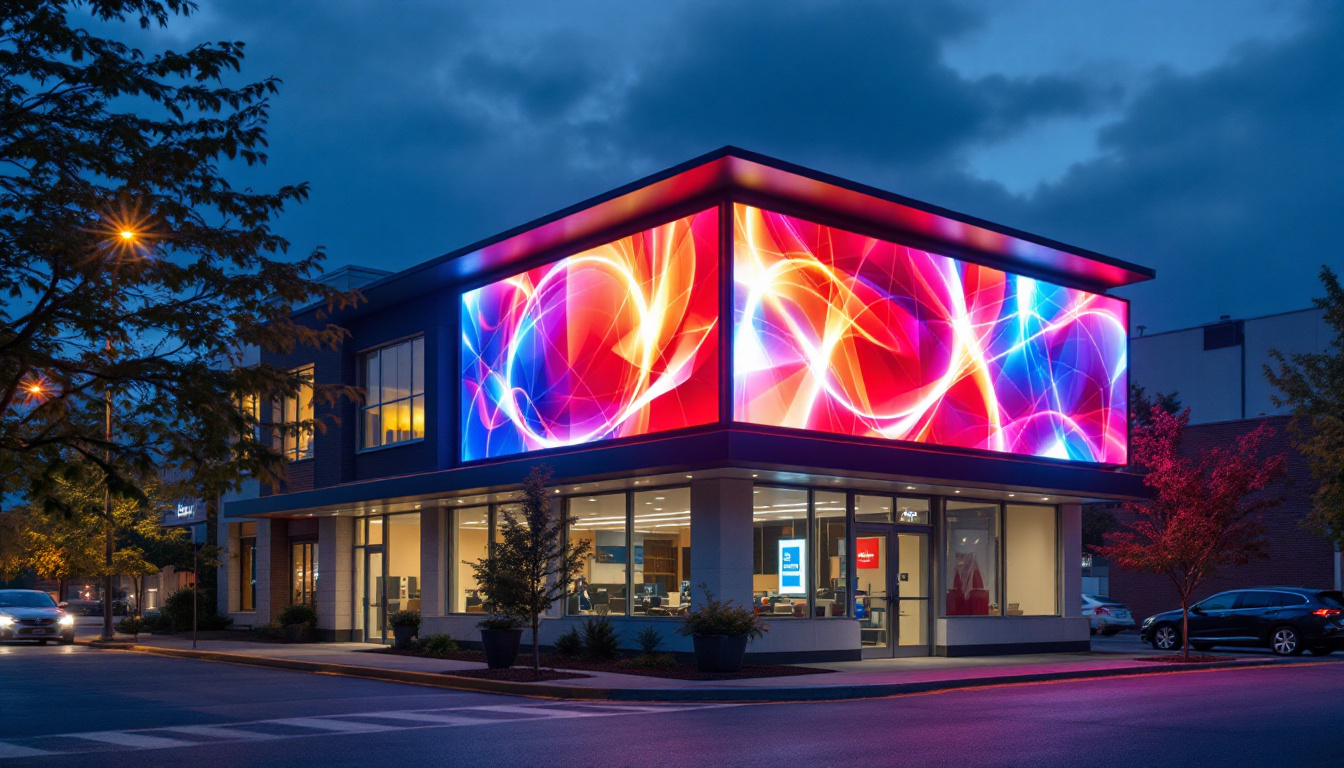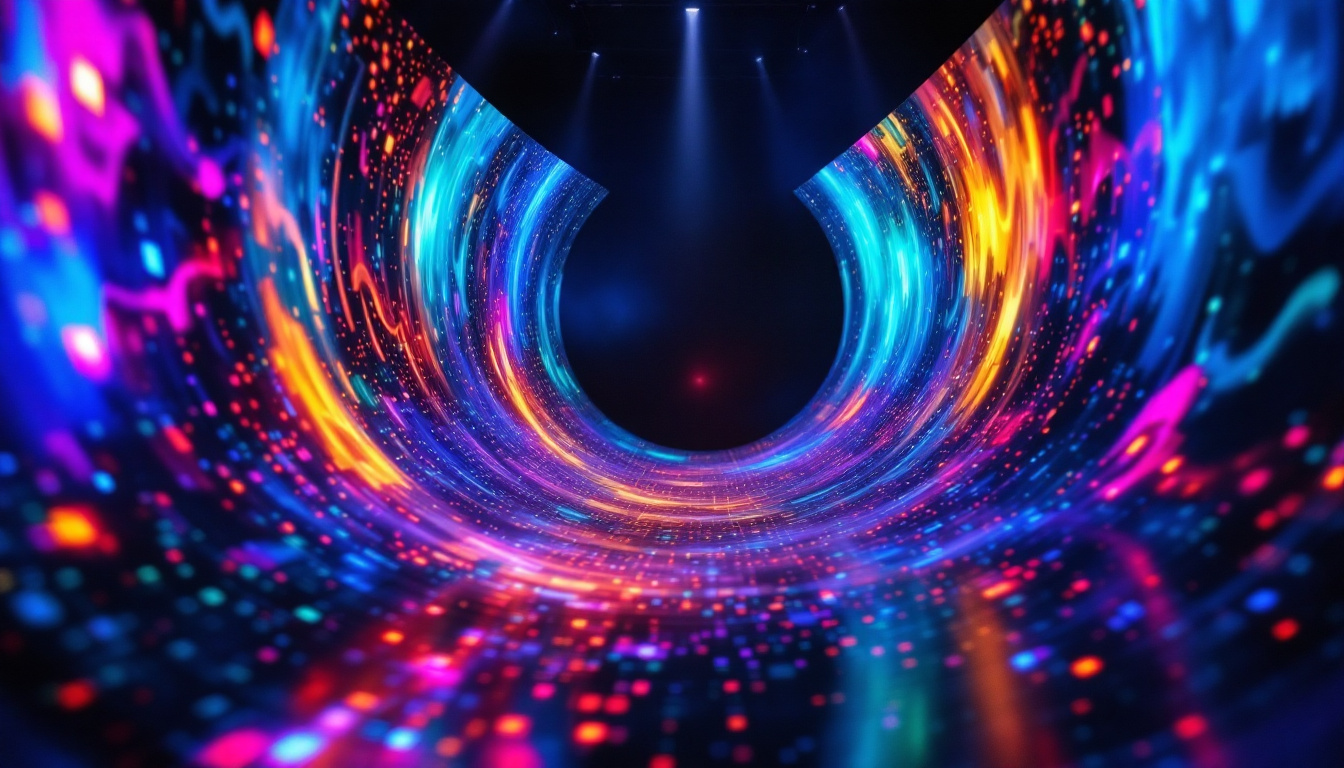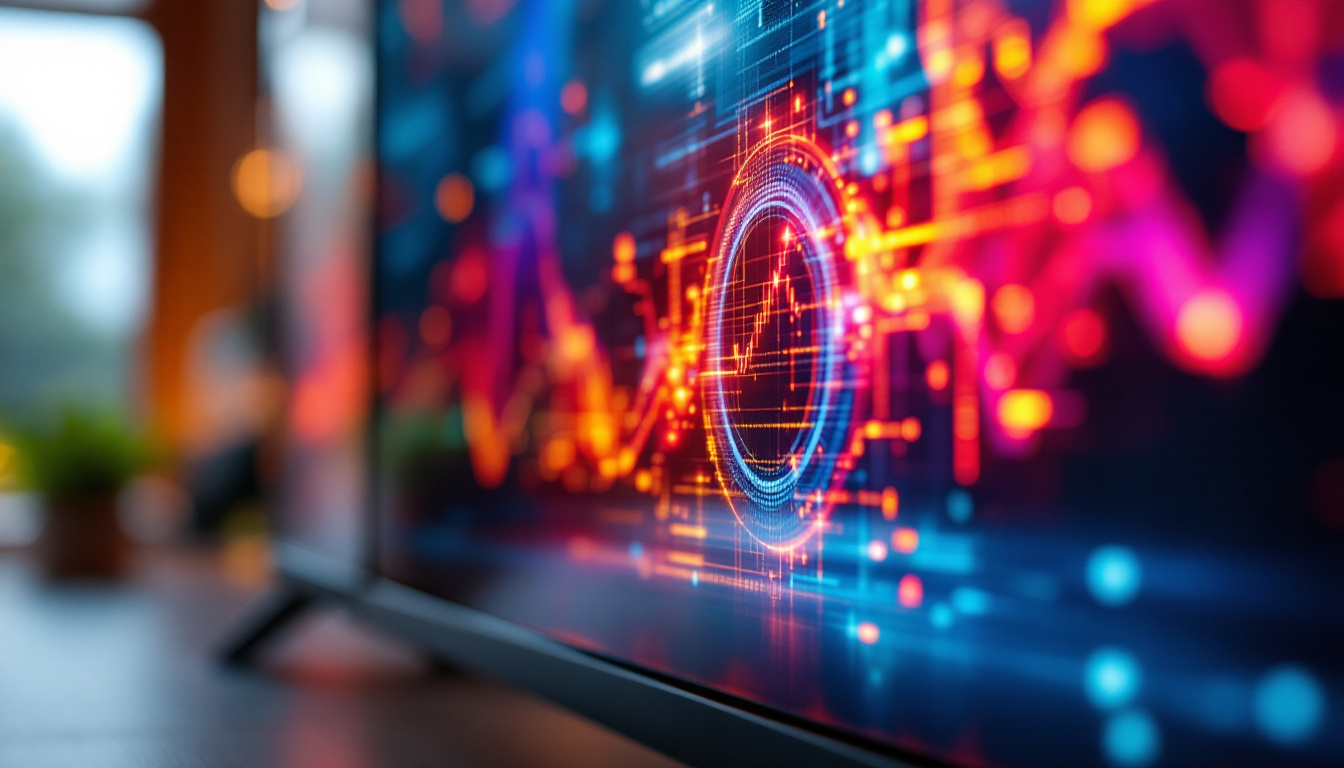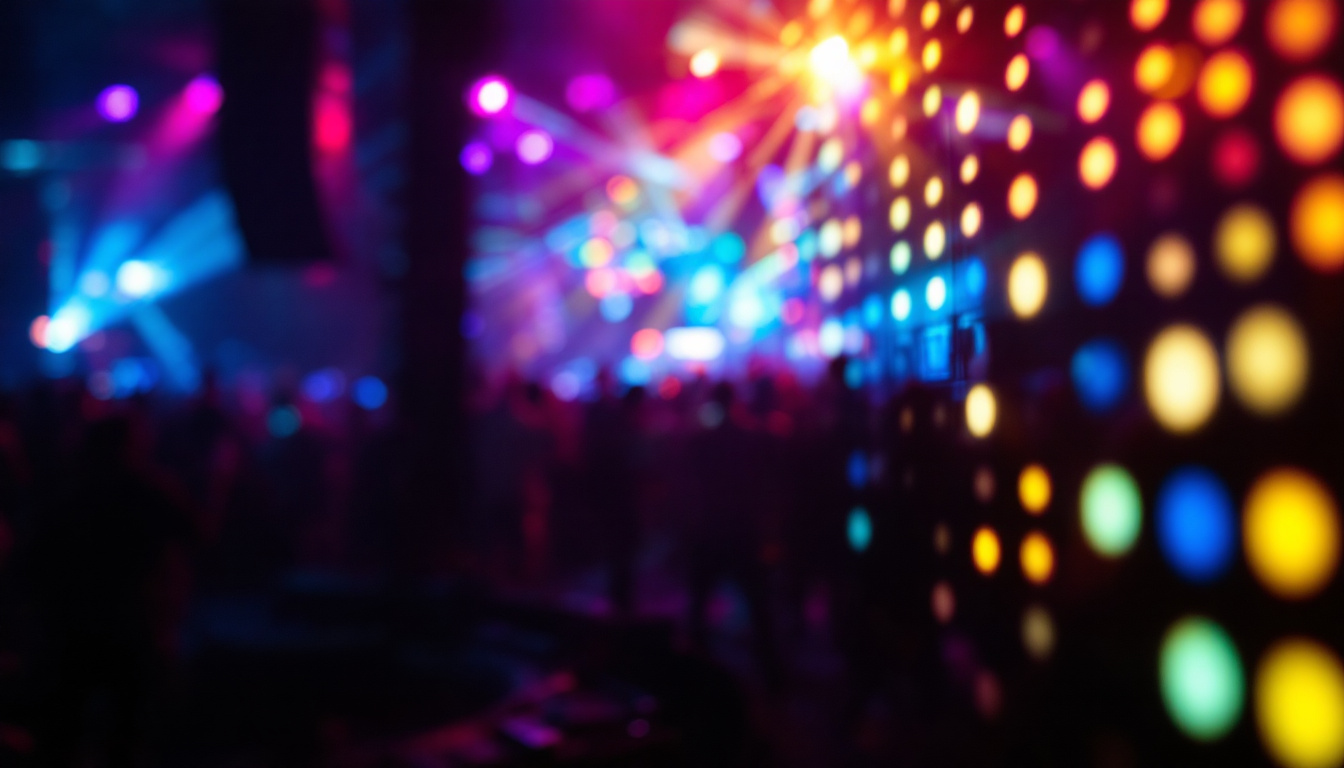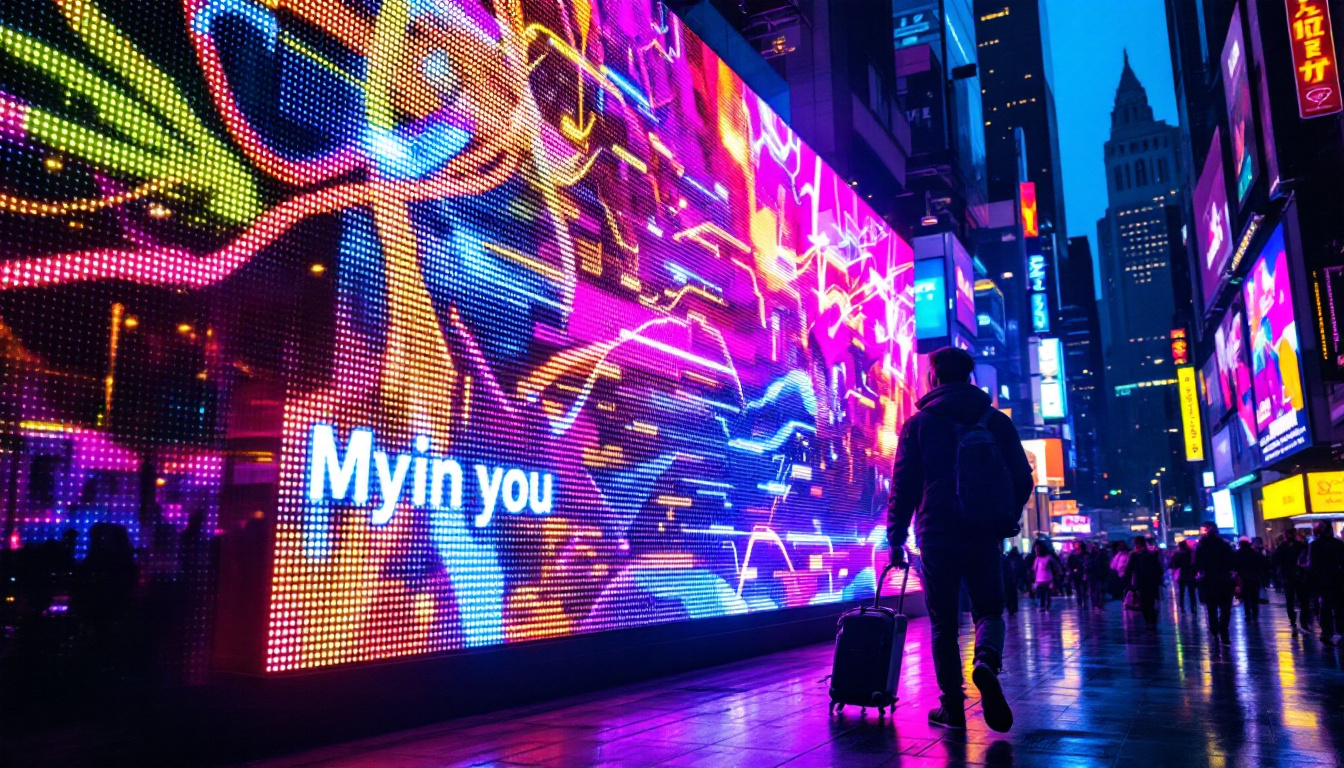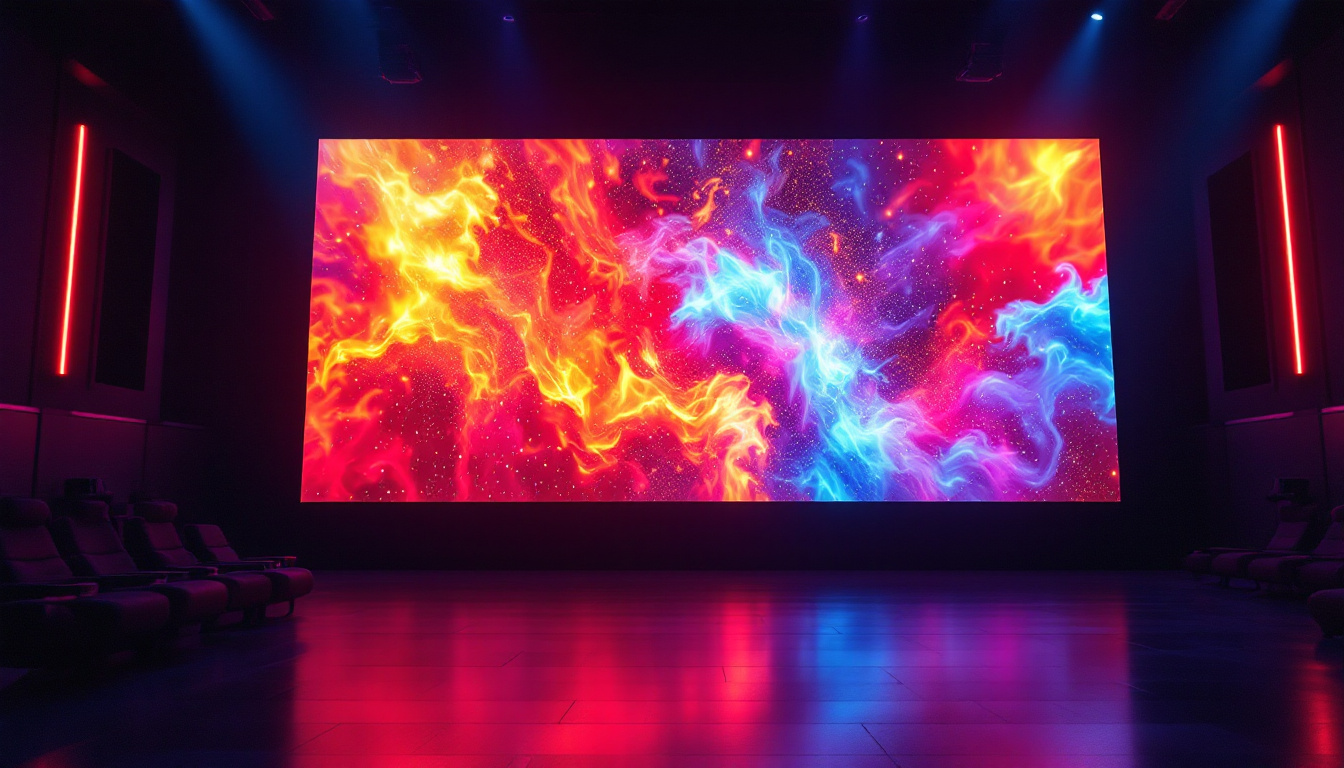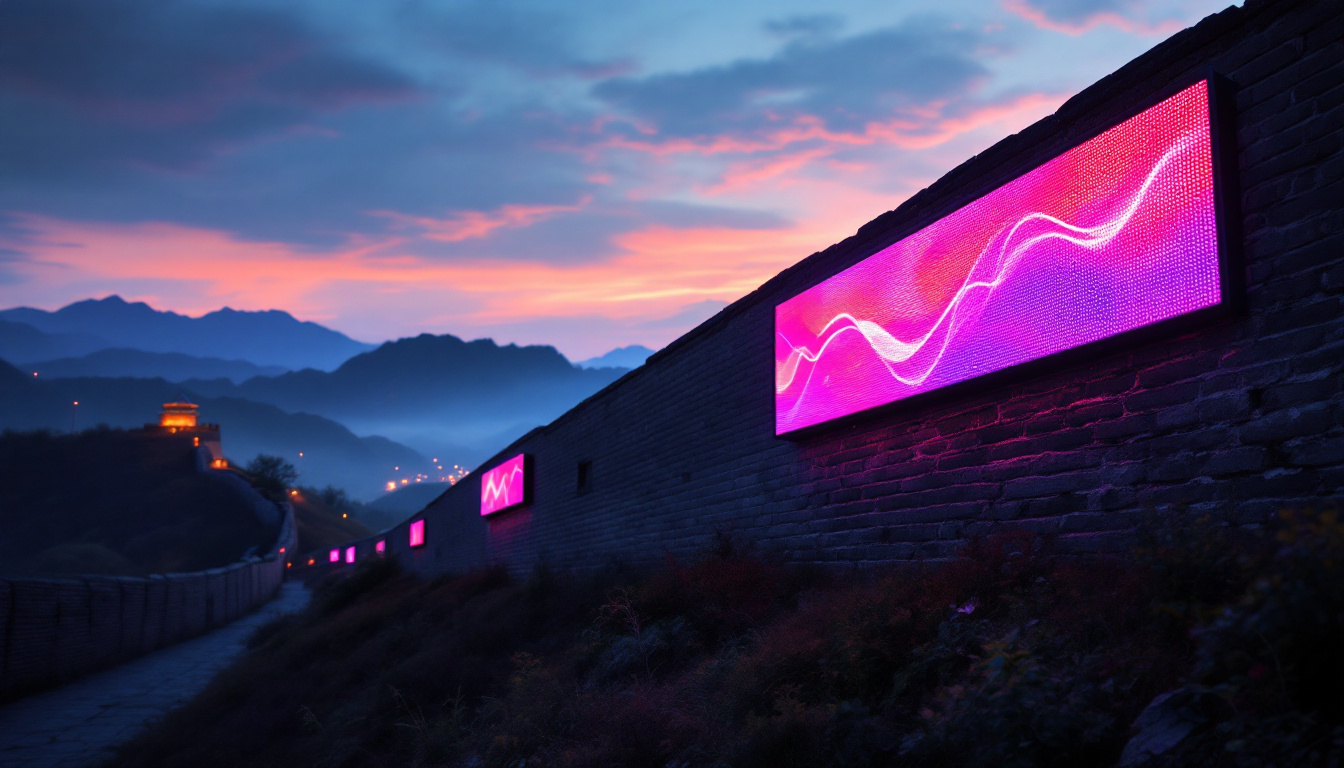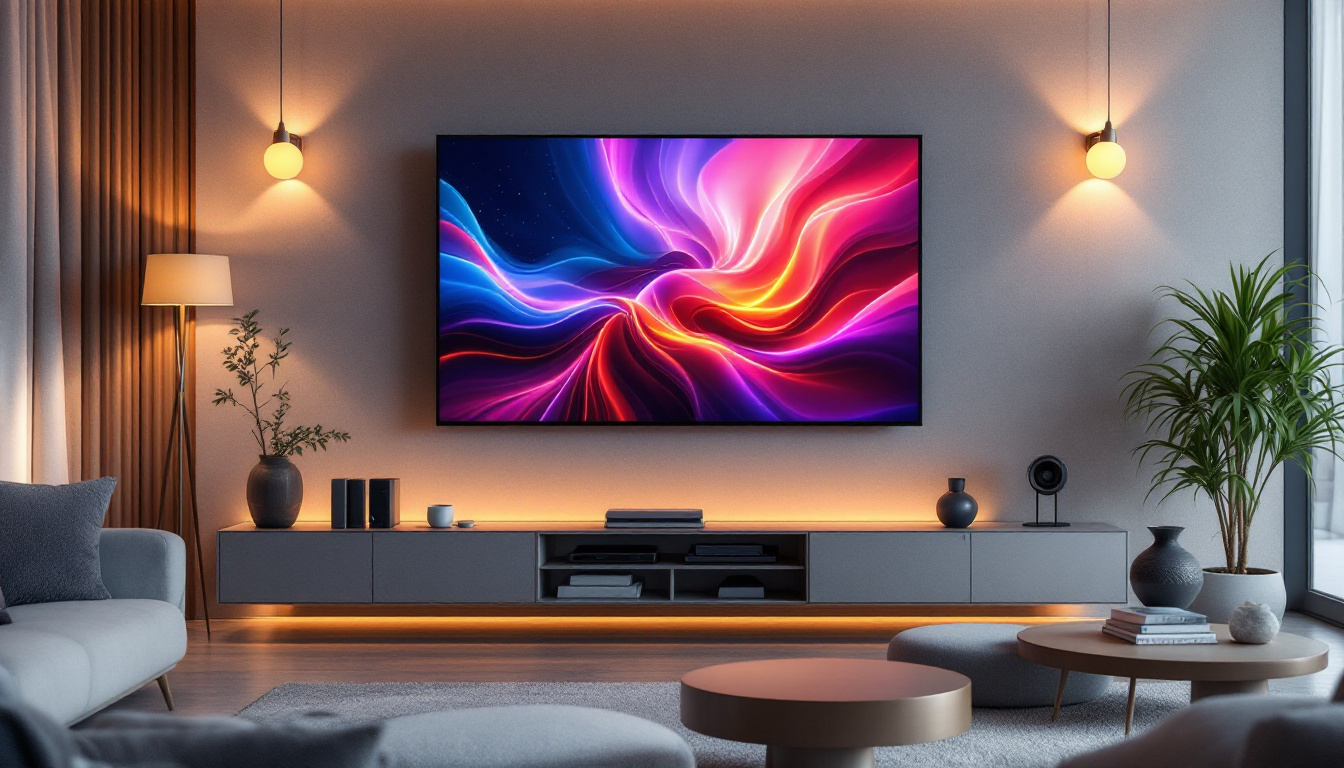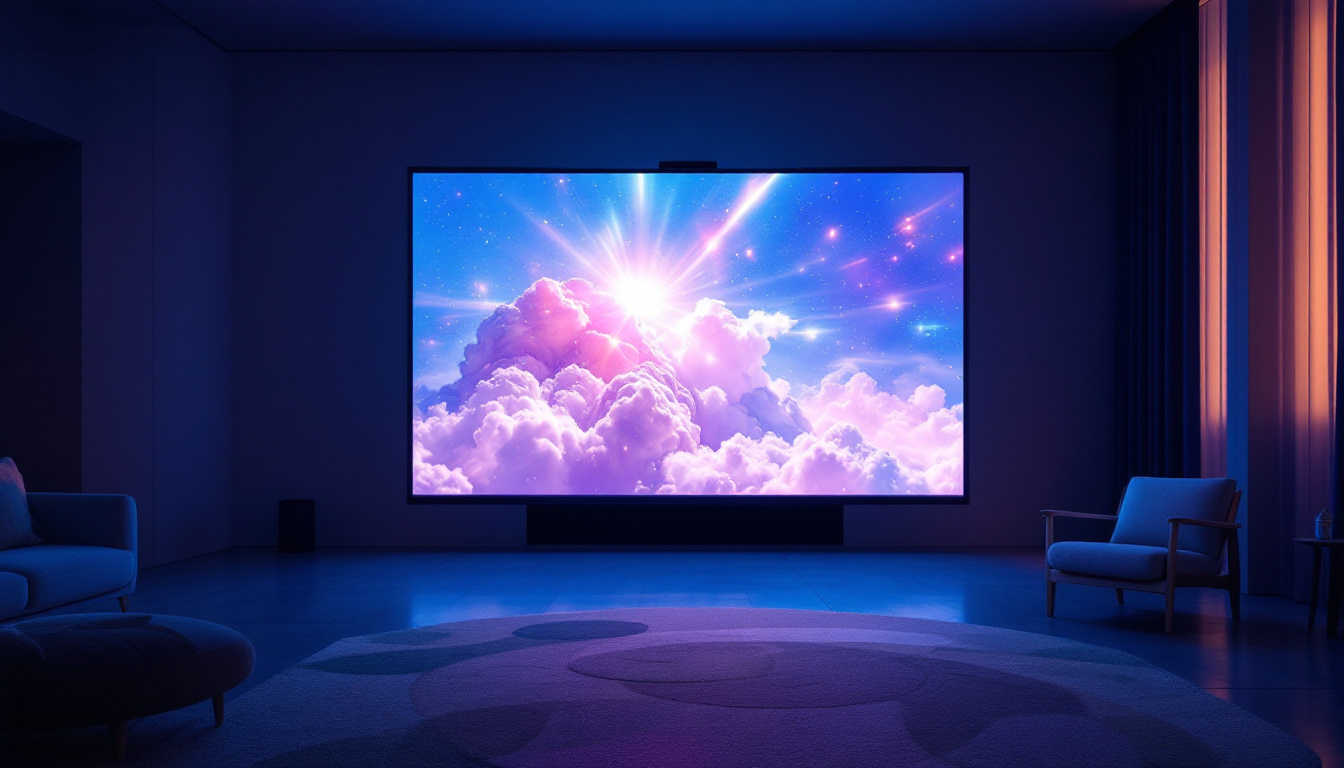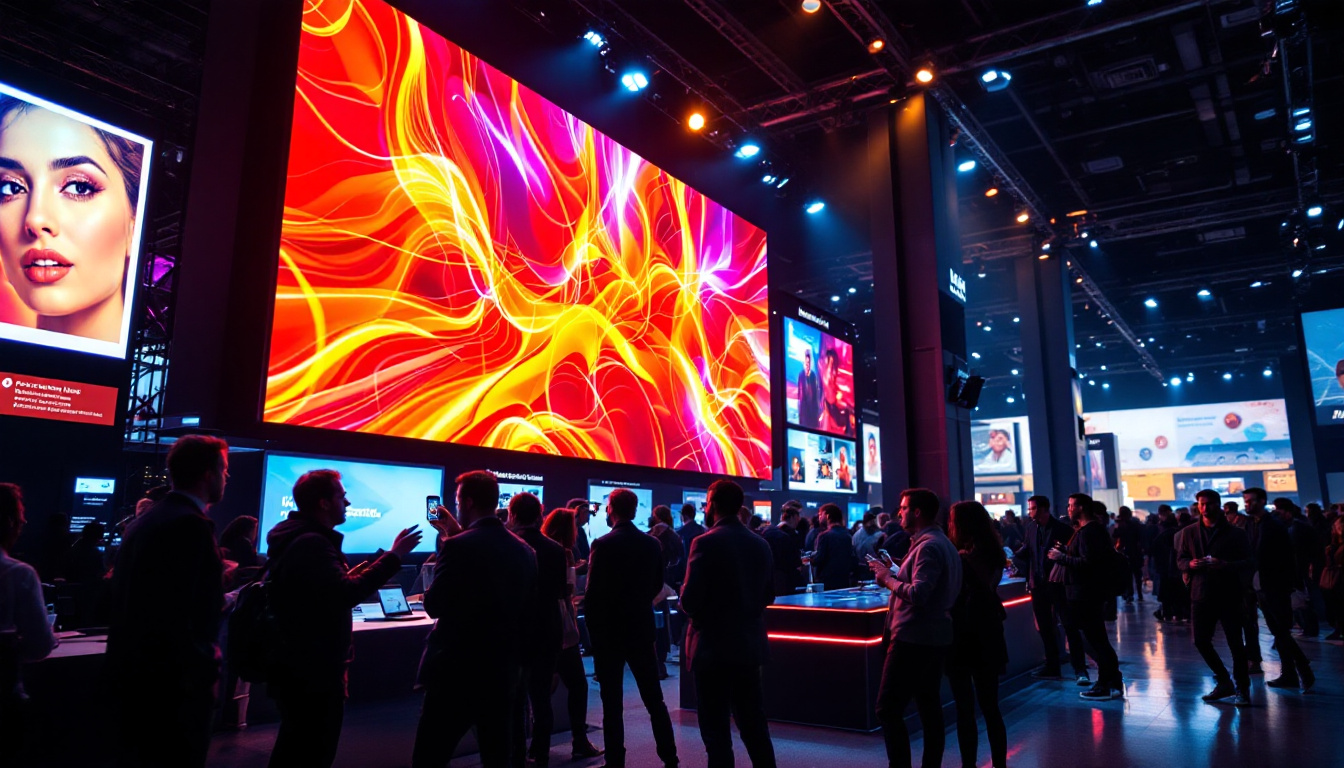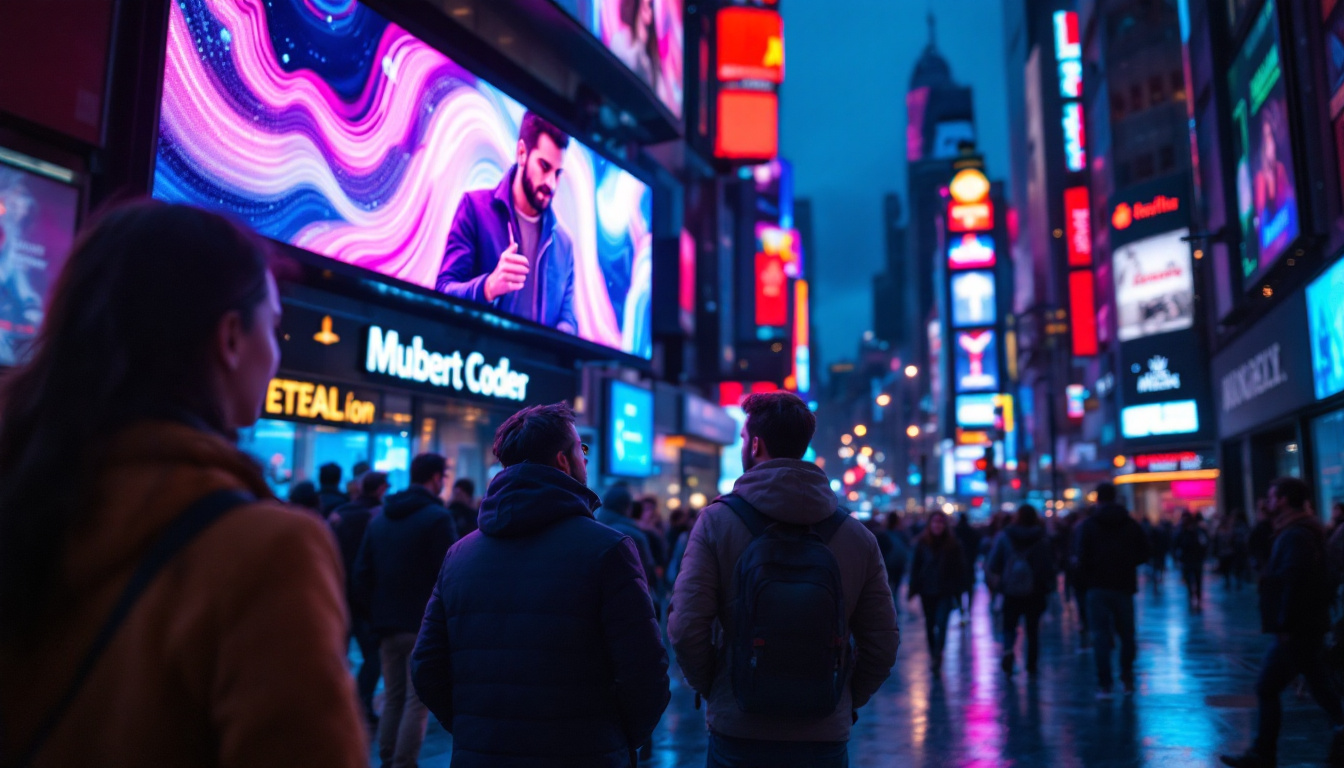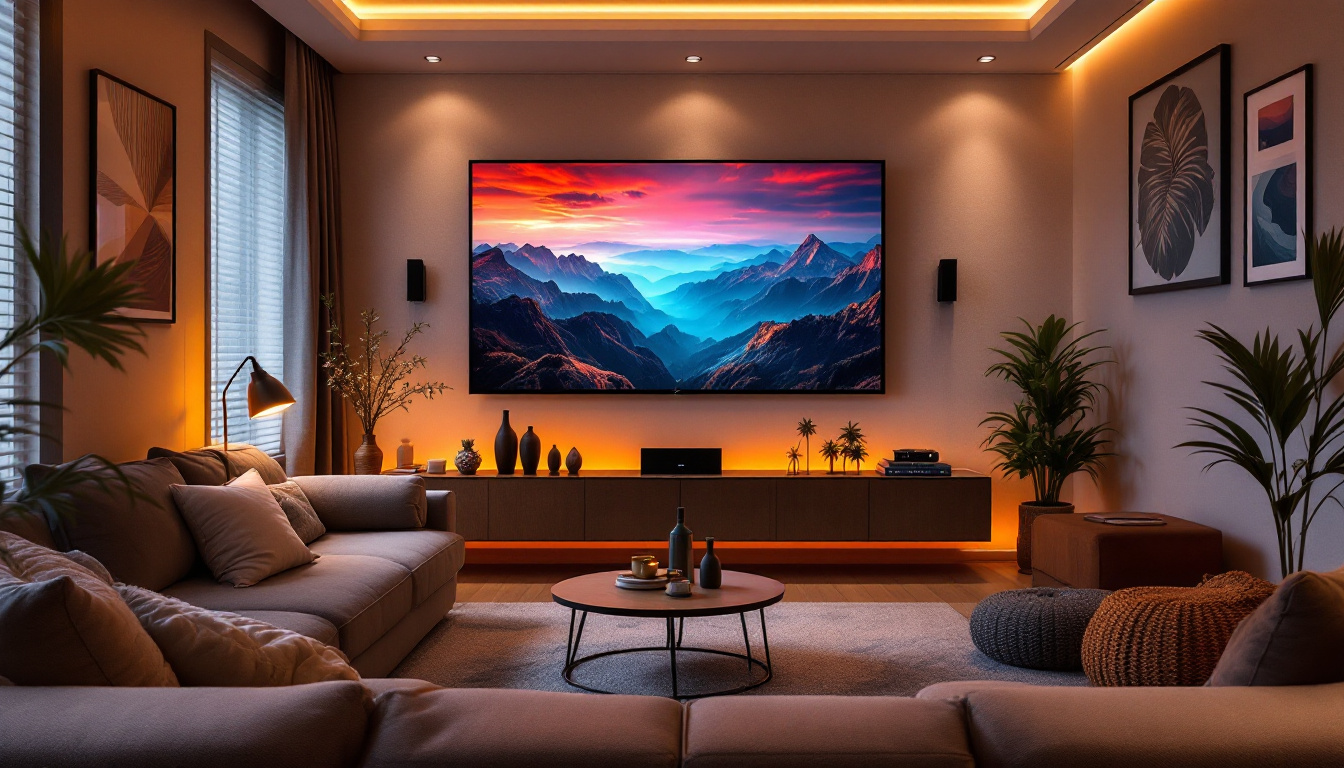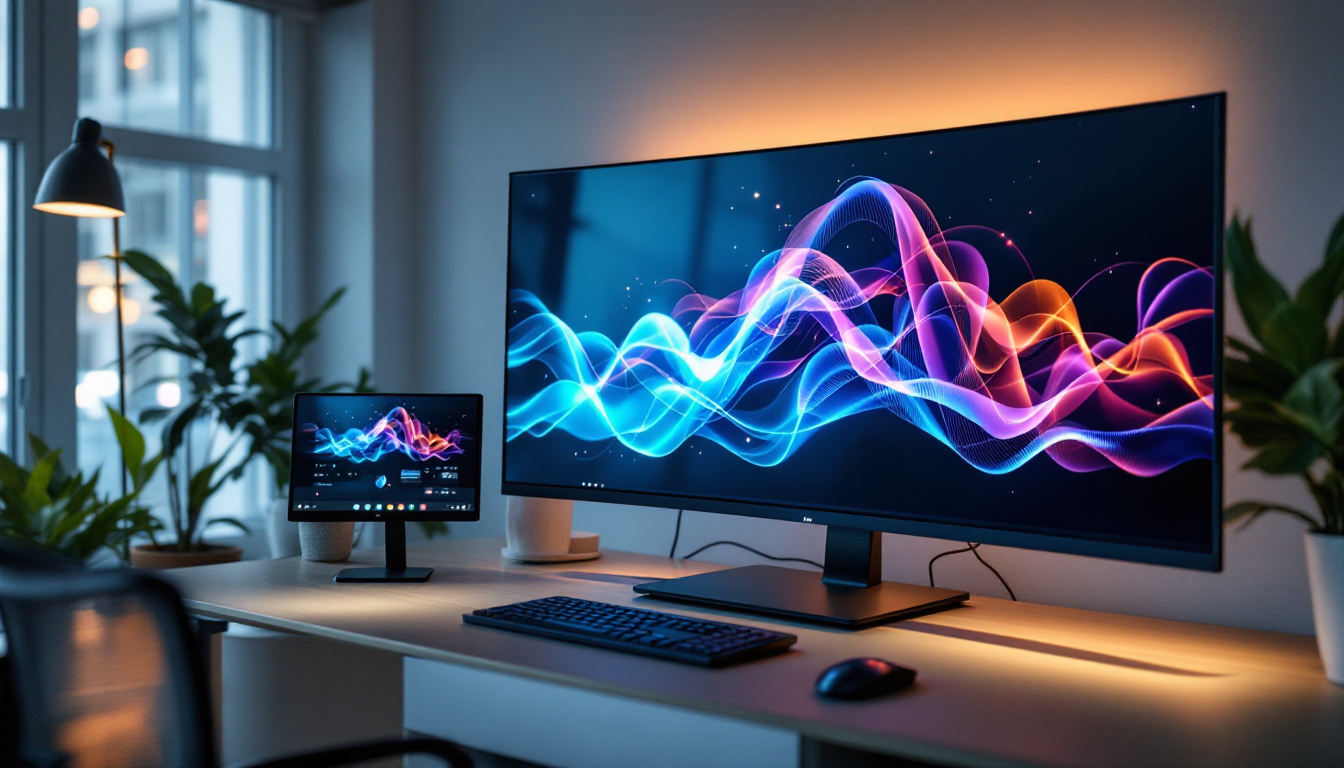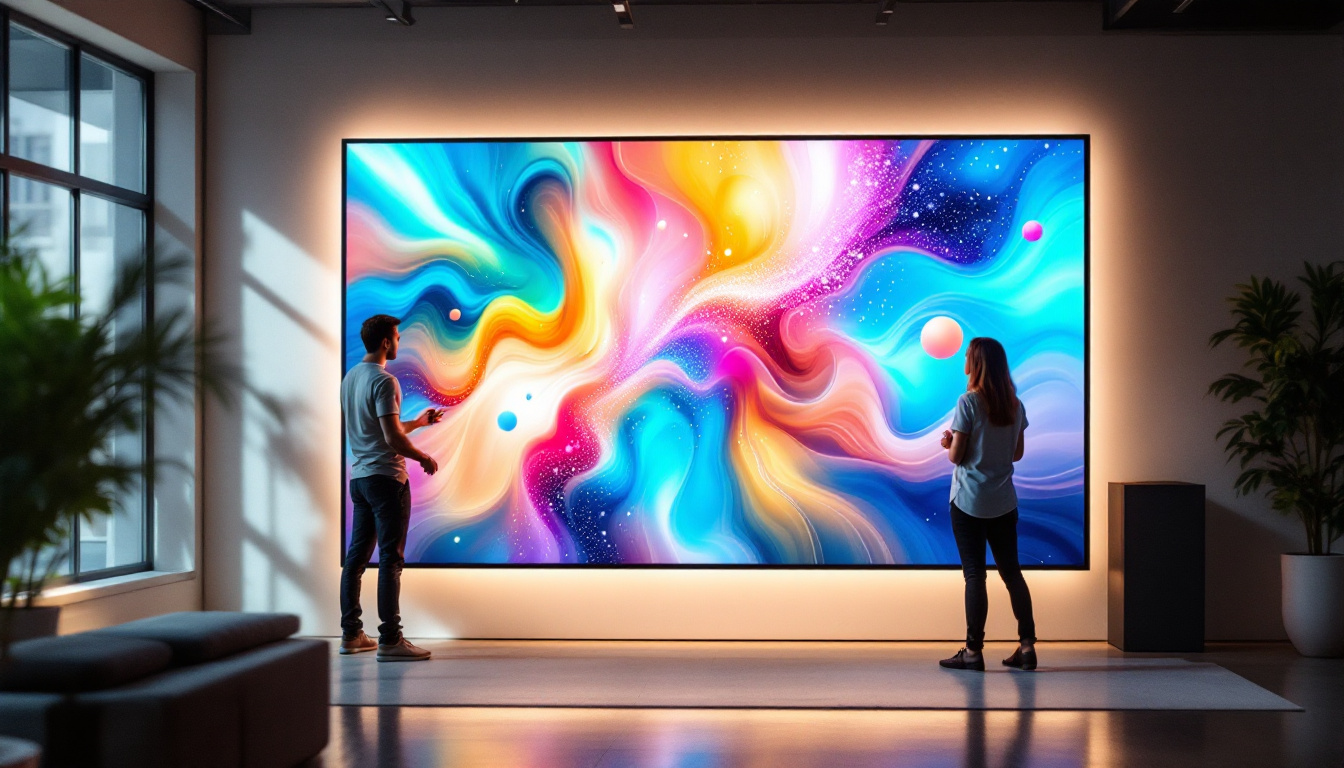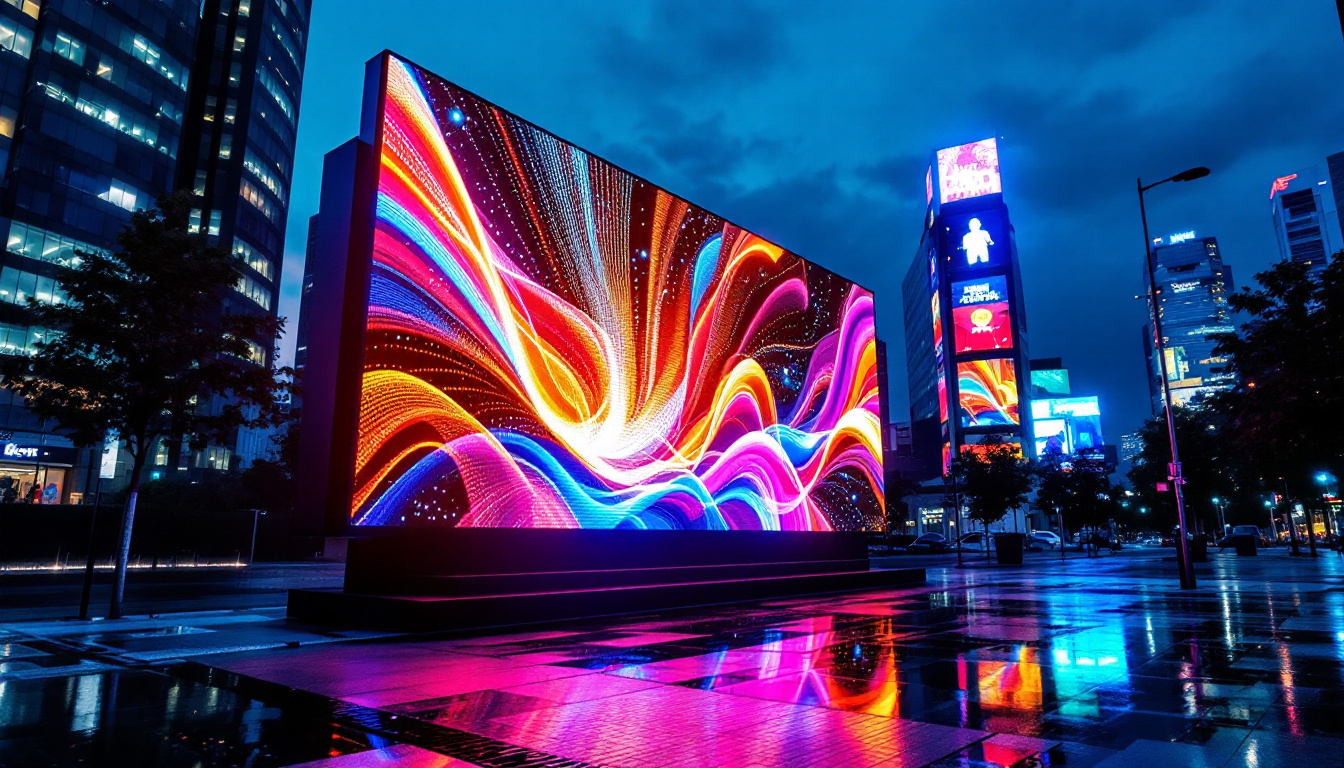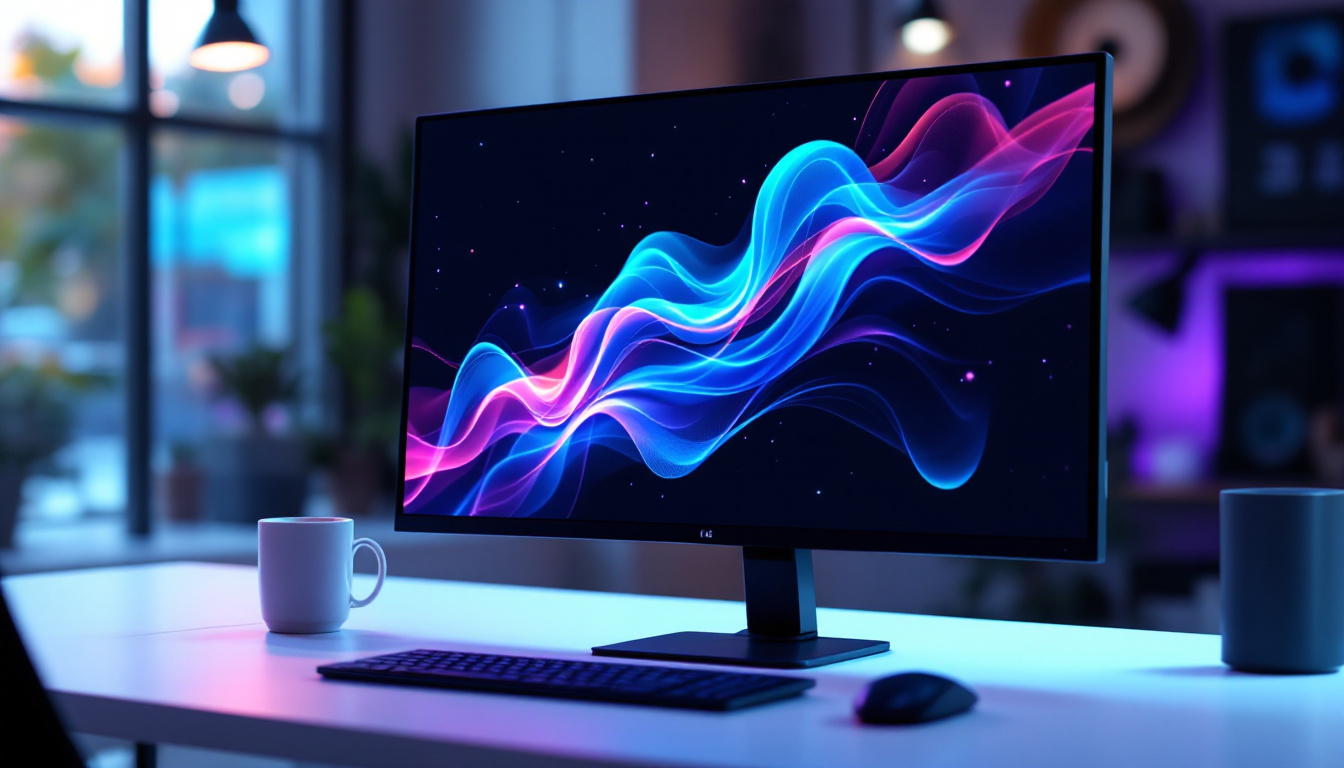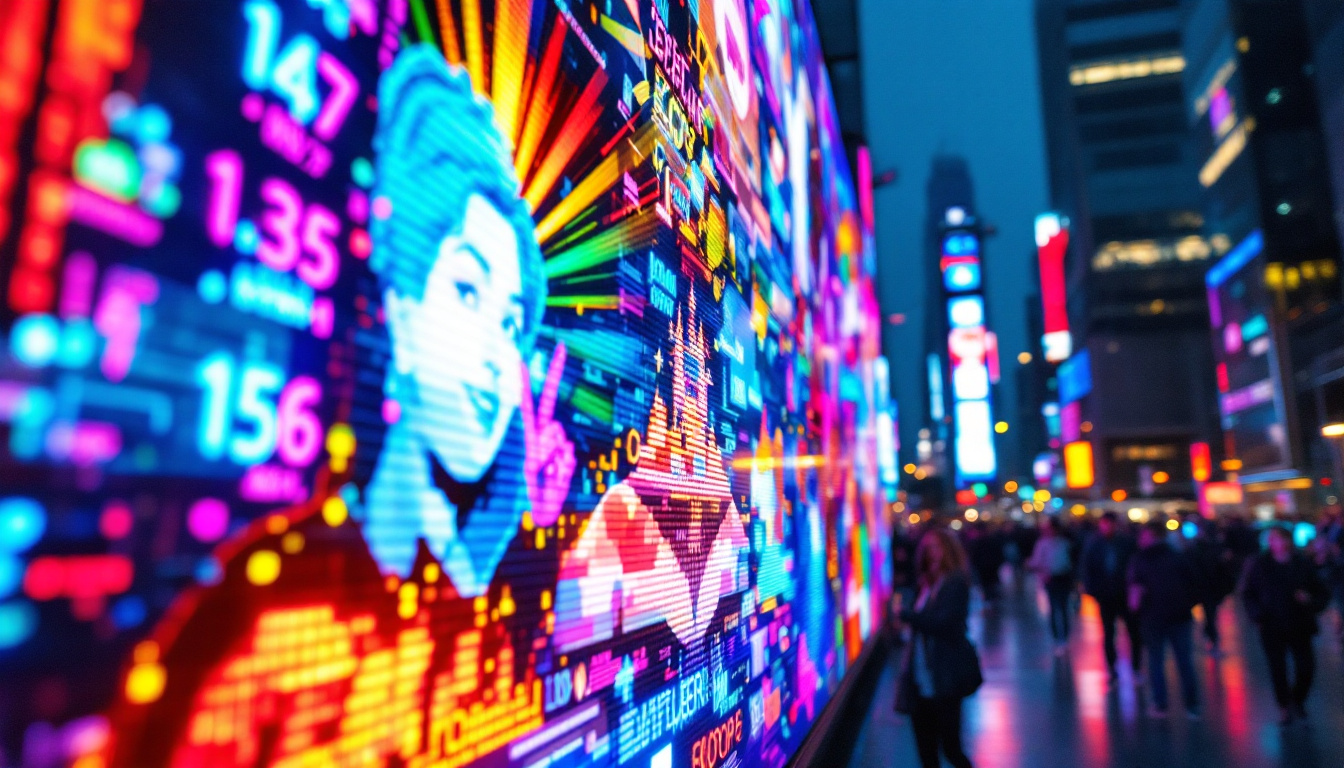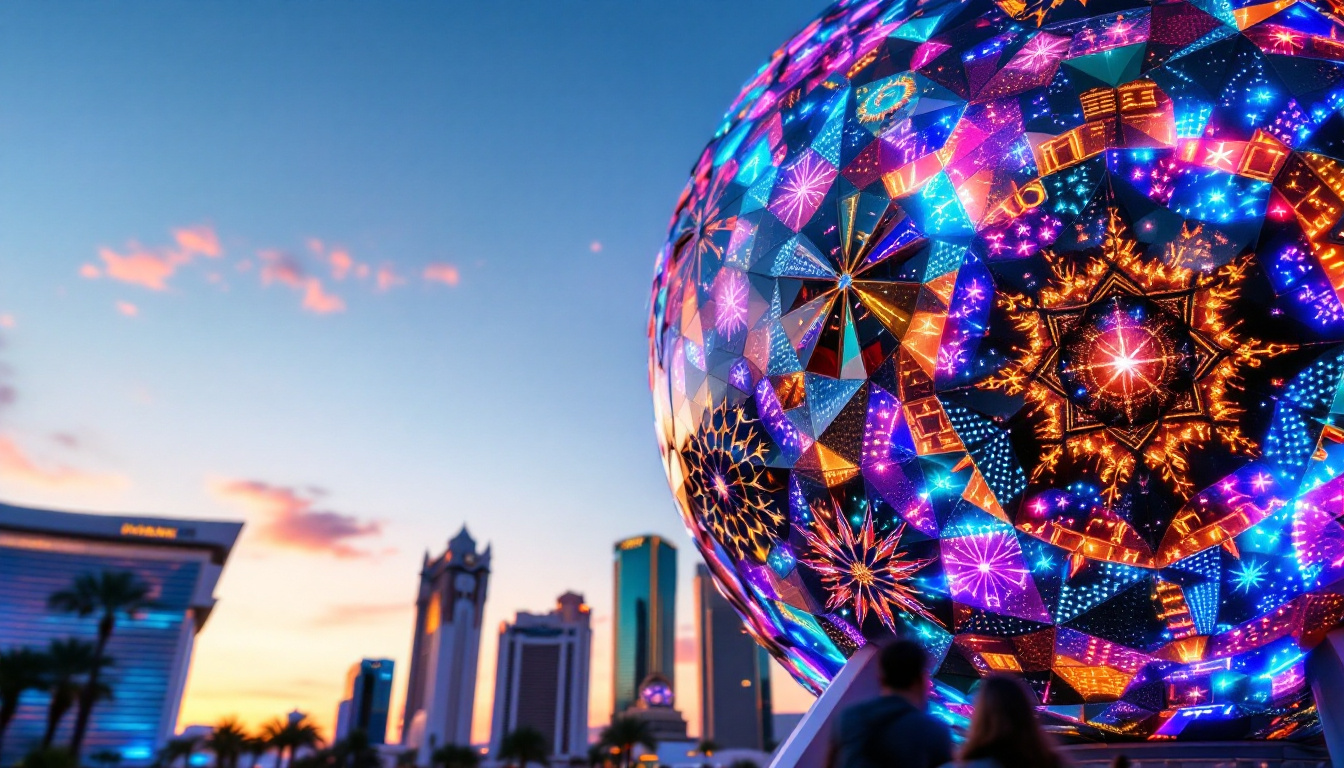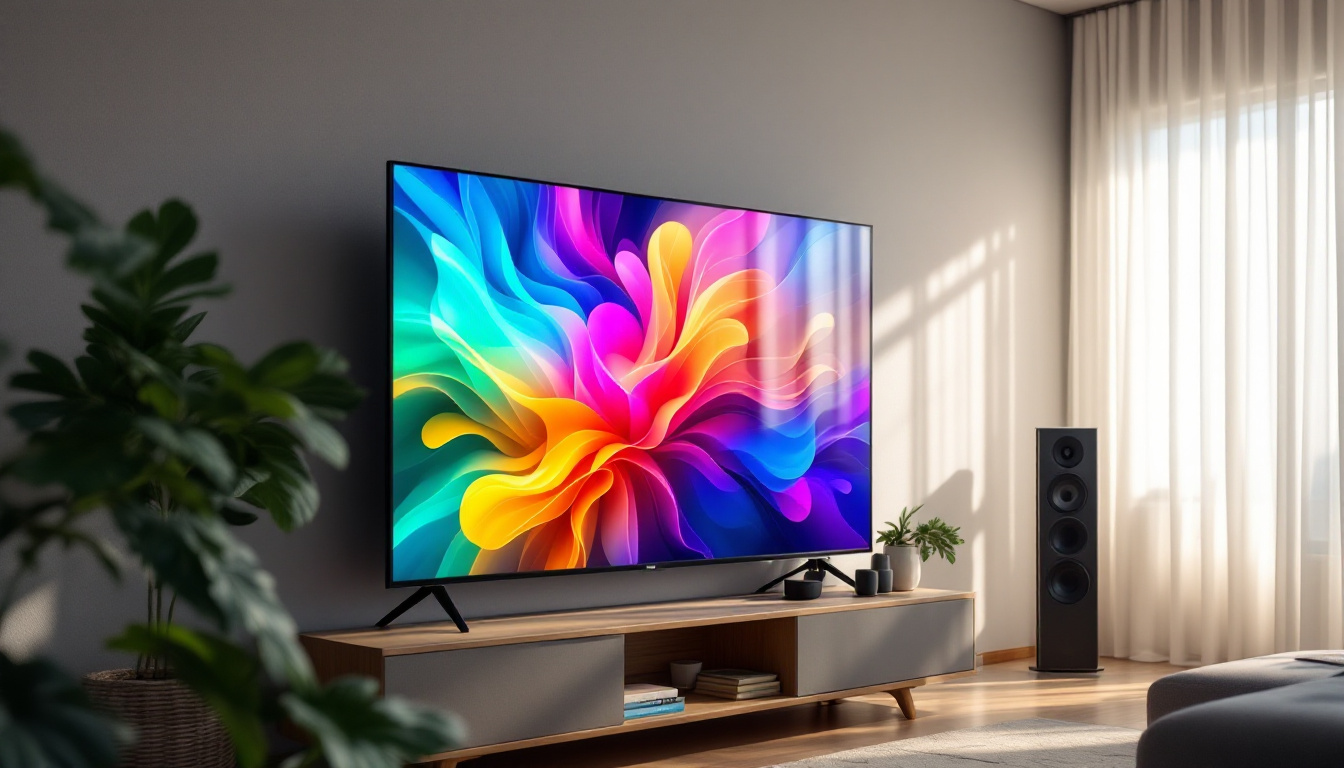In today’s digital age, LED display screens have become an integral part of various environments, particularly indoors. These screens are not just tools for communication but also serve as platforms for advertising, entertainment, and information dissemination. Understanding the technology behind indoor LED displays can provide insights into their functionality, advantages, and applications.
What is an LED Display Screen?
LED stands for Light Emitting Diode, a technology that has revolutionized the way visual content is displayed. An LED display screen uses a matrix of tiny light-emitting diodes to create images and videos. The arrangement of these diodes can vary, leading to different types of displays suited for various environments.
Indoor LED displays are specifically designed for use in enclosed spaces, where they can be viewed from a closer distance compared to outdoor displays. This proximity allows for higher resolution and finer pixel pitch, resulting in clearer and more vibrant images. The advancements in LED technology have also enabled screens to achieve impressive brightness levels while consuming less power, making them an energy-efficient choice for businesses and consumers alike.
Types of Indoor LED Displays
Indoor LED displays come in various types, each tailored for specific applications. Common types include:
- Direct View LED Displays: These are large screens made up of numerous individual LED modules that can be assembled to create a seamless display. They are often used in concert venues, trade shows, and large corporate environments.
- LED Video Walls: Composed of multiple smaller screens, LED video walls can create a larger visual experience. They are ideal for events, presentations, and advertising in high-traffic areas.
- Flexible LED Displays: These displays can be bent and shaped to fit unique spaces, making them suitable for creative installations in retail and artistic environments.
In addition to these common types, there are also specialized indoor LED displays designed for specific industries. For instance, LED screens used in broadcasting studios are engineered to provide exceptional color accuracy and brightness, ensuring that the visuals are stunning and true to life. Similarly, indoor LED displays in sports arenas often incorporate high refresh rates to keep up with fast-paced action, providing fans with an immersive viewing experience. Furthermore, the integration of smart technology into LED displays allows for dynamic content management, enabling users to easily update and change visuals in real time, which is particularly beneficial for advertising and promotional purposes.
Moreover, the versatility of indoor LED displays extends to their installation options. They can be mounted on walls, suspended from ceilings, or even integrated into furniture, allowing for innovative designs that enhance the aesthetics of any space. The lightweight nature of LED technology also facilitates easier transportation and setup, making them a favorite choice for event organizers and businesses looking to make a statement. As the demand for high-quality visual experiences continues to grow, the evolution of indoor LED displays will likely lead to even more exciting developments in the future.
How LED Displays Work
Understanding the inner workings of LED displays can demystify their operation. At the core, an LED display consists of three main components: the LED diodes, the control system, and the power supply.
The LED diodes are the primary light source, emitting different colors based on the electrical current passing through them. Each pixel on the display is made up of red, green, and blue (RGB) diodes, which combine to produce a wide spectrum of colors. The control system manages the content displayed on the screen, ensuring synchronization and clarity.
Pixel Pitch and Resolution
One of the critical factors in determining the quality of an LED display is its pixel pitch, which refers to the distance between the centers of two adjacent pixels. A smaller pixel pitch results in higher resolution, allowing for more detailed images. This is particularly important for indoor displays, where viewers are often closer to the screen.
For instance, a pixel pitch of 1.5mm is suitable for environments like shopping malls or conference rooms, where high detail is essential. Conversely, a larger pixel pitch might suffice for larger venues where viewers are positioned further away.
Additionally, the resolution of an LED display is not solely dependent on pixel pitch; it also relates to the overall size of the display. Larger screens with high pixel density can deliver stunning visuals that captivate audiences, making them ideal for advertising and entertainment. Furthermore, advancements in technology have led to the development of ultra-high-definition (UHD) displays, which offer even greater clarity and color accuracy, enhancing the viewer’s experience.
Moreover, the arrangement of the pixels plays a significant role in the display’s performance. Displays can be configured in various layouts, such as matrix or modular designs, allowing for flexibility in installation and maintenance. This adaptability is particularly beneficial in dynamic environments like sports arenas or concert venues, where displays may need to be reconfigured for different events. The integration of smart technology into LED displays also enables real-time content updates and interactivity, further enriching the viewer’s engagement with the display.
Advantages of Indoor LED Displays
Indoor LED displays offer numerous advantages that make them a preferred choice for various applications. Their benefits extend beyond mere aesthetics and functionality.
High Brightness and Clarity
One of the standout features of LED displays is their high brightness levels. This makes them visible even in well-lit environments, ensuring that content remains clear and engaging. The clarity of the images displayed is also enhanced by the high contrast ratios that LED technology provides, making colors pop and details sharp.
Energy Efficiency
LED technology is known for its energy efficiency compared to traditional display technologies. Indoor LED displays consume significantly less power, which translates to lower operational costs over time. This efficiency is particularly beneficial for businesses that utilize these displays for extended periods.
Durability and Longevity
Indoor LED displays are designed to be robust and durable. They can withstand the rigors of everyday use without significant wear and tear. Additionally, LED technology has a long lifespan, often exceeding 50,000 hours, which reduces the need for frequent replacements.
Applications of Indoor LED Displays
The versatility of indoor LED displays allows them to be utilized in a wide array of settings. Their applications are as diverse as the environments in which they are installed.
Corporate Environments
In corporate settings, LED displays are often used for presentations, conference calls, and internal communications. They can display real-time data, video content, and promotional material, enhancing the overall communication experience within the organization.
Moreover, companies can leverage these displays for branding purposes, showcasing their logos and values prominently in reception areas or during events.
Retail Spaces
Retailers have embraced indoor LED displays as powerful marketing tools. These screens can showcase products, promotions, and advertisements, capturing the attention of potential customers. The dynamic nature of LED displays allows for real-time updates, ensuring that the content remains relevant and engaging.
Additionally, interactive LED displays can enhance the shopping experience, allowing customers to engage with the content and products in innovative ways.
Entertainment Venues
In entertainment venues such as theaters, concert halls, and sports arenas, LED displays play a crucial role in enhancing the audience experience. They can be used for displaying live feeds, advertisements, and event information, ensuring that attendees remain informed and engaged throughout the event.
The immersive nature of LED technology can also elevate performances, creating stunning visual backdrops that complement live acts and presentations.
Challenges and Considerations
While indoor LED displays offer numerous benefits, there are also challenges and considerations that need to be addressed when implementing this technology.
Initial Investment
The initial cost of purchasing and installing an LED display can be significant. Businesses must weigh this investment against the potential return on investment (ROI) that a high-quality display can provide. It is essential to consider the long-term benefits, such as energy savings and increased customer engagement, when evaluating the cost.
Content Management
Effective content management is crucial for maximizing the impact of an LED display. Businesses must invest in software and training to ensure that content is updated regularly and remains relevant. Poorly managed content can lead to viewer disengagement and diminish the display’s effectiveness.
Future Trends in Indoor LED Displays
The landscape of indoor LED displays is continually evolving, with new trends emerging that promise to enhance their functionality and application.
Integration with Smart Technology
As smart technology becomes more prevalent, the integration of LED displays with IoT devices is on the rise. This allows for real-time data sharing and interaction, enabling businesses to create personalized experiences for their customers. For instance, displays can adapt content based on customer behavior or preferences, enhancing engagement.
Advancements in Resolution and Flexibility
Future advancements in LED technology are expected to bring even higher resolutions and greater flexibility in display design. As pixel pitch continues to decrease, indoor displays will offer even more detailed visuals. Additionally, innovations in flexible LED technology will allow for creative installations that can transform spaces in unique ways.
Conclusion
Indoor LED displays are a powerful tool for communication, marketing, and entertainment. Their ability to deliver vibrant, high-quality visuals makes them an attractive option for various applications, from corporate environments to retail spaces and entertainment venues. While there are challenges associated with their implementation, the benefits often outweigh the drawbacks.
As technology continues to advance, the future of indoor LED displays looks promising, with innovations that will enhance their functionality and versatility. Businesses that embrace this technology can expect to see improved engagement, increased brand visibility, and a more dynamic interaction with their audiences.
Discover LumenMatrix LED Display Solutions
Ready to elevate your indoor space with vibrant, high-quality LED displays? LumenMatrix offers a comprehensive range of cutting-edge LED display solutions tailored to meet your specific needs. From captivating Indoor LED Wall Displays to dynamic Outdoor LED Wall Displays and beyond, our technology is designed to revolutionize visual communication and engagement. Experience the power of LumenMatrix and bring your brand’s message to life with unparalleled clarity and impact. Check out LumenMatrix LED Display Solutions today and transform your visual experience.

